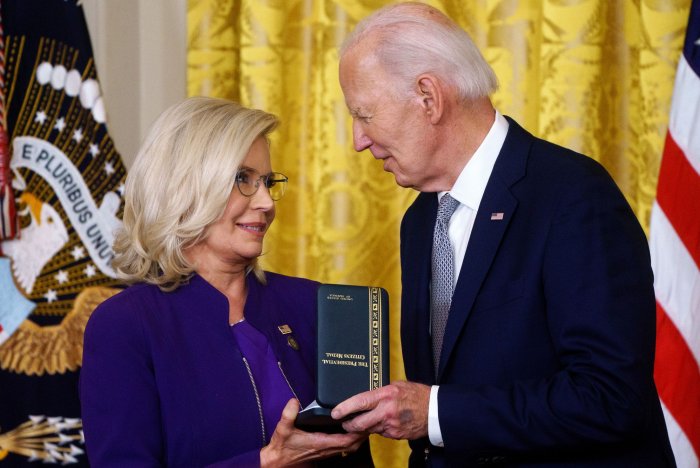NHTSA investigating Model 3 Teslas’ emergency door release
Dec. 24 (UPI) — The National Highway Traffic Safety Administration opened an investigation into Tesla Model 3 sedans, which might have a deadly flaw in the emergency door release mechanism.
The NHTSA investigation covers about 180,000 Model 3 sedans and is in reaction to recent media reports and a defect petition that suggest the occupants of the Tesla sedans and first responders had trouble using the emergency door release mechanisms after a crash, Electrek reported.
The NHTSA Office of Defects Investigation’s probe into the matter applies to the 2022 model year Tesla Model 3 sedans and their electronic door handles.
“The petition cites that the mechanical door release is hidden, unlabeled and not intuitive to locate during an emergency,” the ODI said.
The problem might have contributed to several deaths in fatal crashes, according to media reports.
The front manual emergency door release latch is located ahead of the window switches, which many passengers accidentally pull instead of using the door-opening button, which could damage the door window.
The rear doors are more complicated to open, which makes it important for Model 3 owners to learn how to use the emergency door mechanisms and to explain how to their passengers.
Instructions are included in the owner’s manual. A Tesla dealership can show owners how to use the mechanisms and afterward show their passengers how to use them in an emergency and to prevent damaging windows via accidental deployments.
Those who are unsure of whether their Tesla Model 3 sedan is subject to the investigation can do a search on the NHTSA recall page by entering their respective state and license plate number or the vehicle identification number or year, make and model.
The results will reveal if the vehicle is subject to a recall in this matter or any other.

